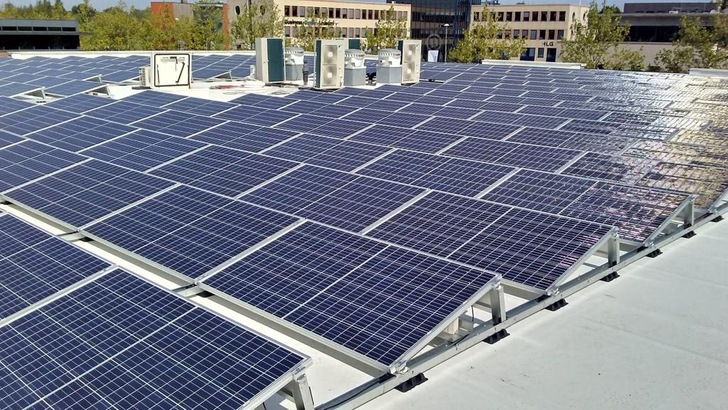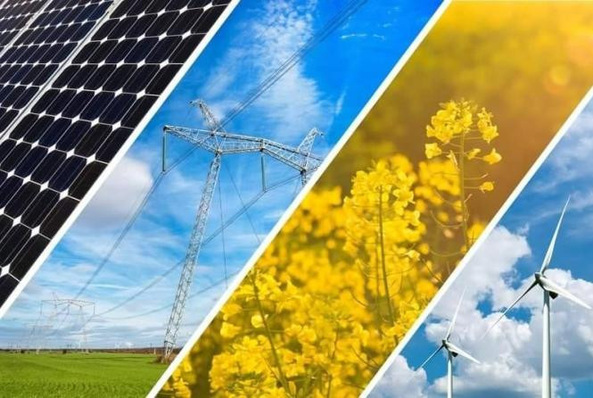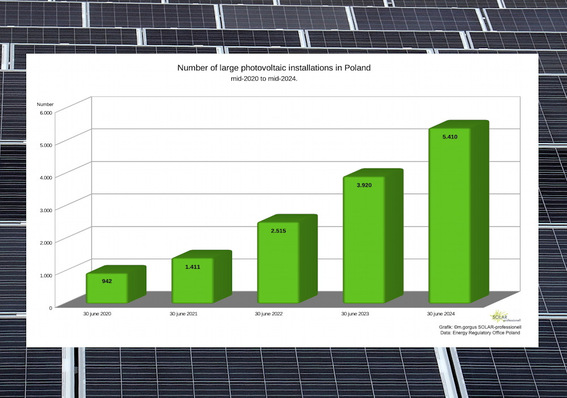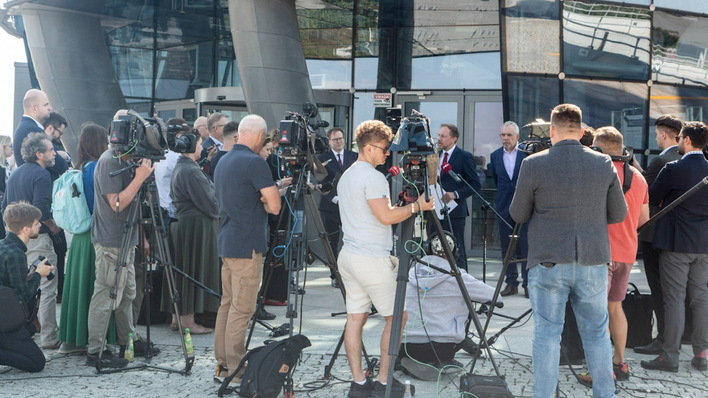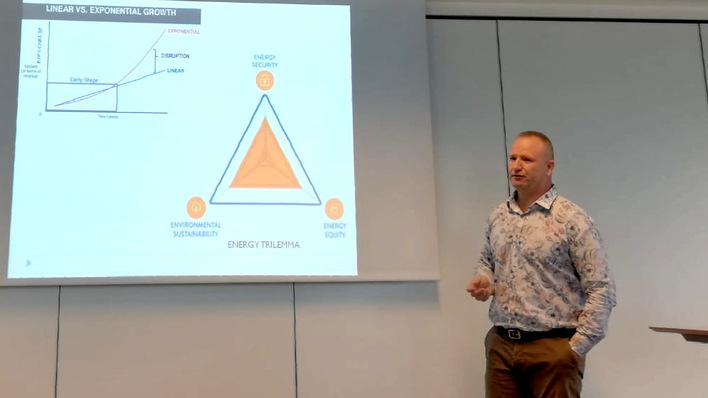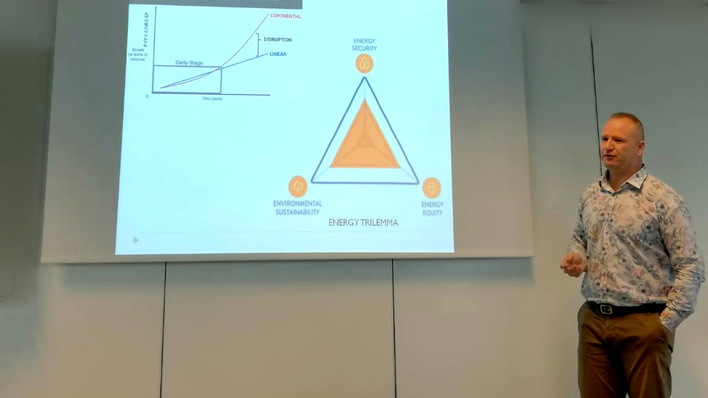No wonder: after all, real estate accounts for almost 40 percent of global CO2 emissions, not to mention the high consumption of energy and raw materials for its construction, use and management. Sustainable building properties are therefore in high demand - both among users and investors. But how do green properties define themselves? What criteria come into play here? "It is becoming increasingly important to make houses and apartments as energy-efficient as possible," knows Christian Walter, ESG expert and CEO at SedaiNow.
"However, energy consumption is not the only sustainability criterion for real estate. As part of the transformation process toward Sustainable Real Estate, ESG criteria are playing an increasingly important role."
More than just energy efficient
In the building sector, greenhouse gas emissions must fall by more than two-thirds by 2030 compared to 1990 levels. Buildings used by the federal government are expected to serve as a kind of role model in terms of energy efficiency, climate protection and sustainable construction, so stricter and more binding requirements already apply here. Among consumers, meanwhile, demand is growing for alternative heating systems as well as solar panels to help save both their own wallets and the climate. "Even though it is an important factor, energy efficiency alone does not determine the sustainability of a building," explains Christian Walter.
"For a holistic assessment, ESG criteria serve as a guideline. This means that ecological aspects such as energy refurbishment or the choice of building materials are joined by social and societal points in the real estate audit." For example, what about the quality of life and work? Is the building age- and child-friendly and barrier-free? What about accessibility and are there childcare facilities nearby? Depending on the condition and use of building properties, various criteria can be decisive.
Transparent structures
Sustainability certificates from various classification systems such as DGNB, LEED and BREEAM, or the new Sustainable Building Quality Seal (QNG), make statements about how environmentally friendly buildings are constructed, used, managed or dismantled, in addition to the energy performance certificate. Each audit program is based on different
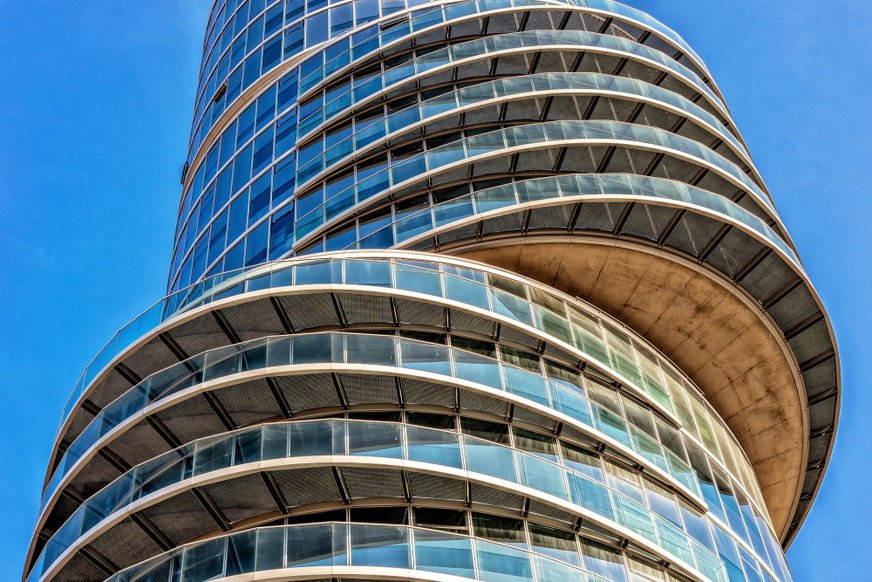
Peter H_Pixabay
Each audit program is based on a different set of priorities. "Many countries have their own standards for energy-efficient buildings," explains SedaiNow's ESG expert. "The fact that many seals exist in parallel ultimately does not create the desired transparency among real estate stakeholders. On the other hand, the existing programs - as of today - do not paint a holistic picture of all relevant factors."
Also interesting: Novartis Pavilion in Basel opens with energy-autonomous OPV media facade
With a focus on all ESG criteria, software providers enable a holistic 360° analysis here: taking environmental, social and economic factors into account, an authentic and resilient classification of a building is made and optimization approaches are derived. At the same time, the implementation of a uniform system puts comparability on a new level.
Value enhancement
It is no longer just the market and location that are decisive for the value of a property; it is above all the sustainability of a building that determines its attractiveness - both for users and building owners and especially for investors and fund managers. "Green properties not only promise an increase in living or user comfort, but also generally cause lower operating costs and ensure higher returns on the market. At the same time, real estate players can benefit from subsidy opportunities," knows Christian Walter.
"Those who already exceed the current requirements today create the advantage of not having to make expensive retrofits in the years to come." With the EU taxonomy for sustainable investments and the Sustainable Finance Disclosure Regulation (SFDR), the first legal regulators have already come into force. In the future, further legal tightening is on the horizon, requiring a strategic (re)orientation of real estate players. (hcn)
Did you miss that? Turning high-rise buildings into batteries


